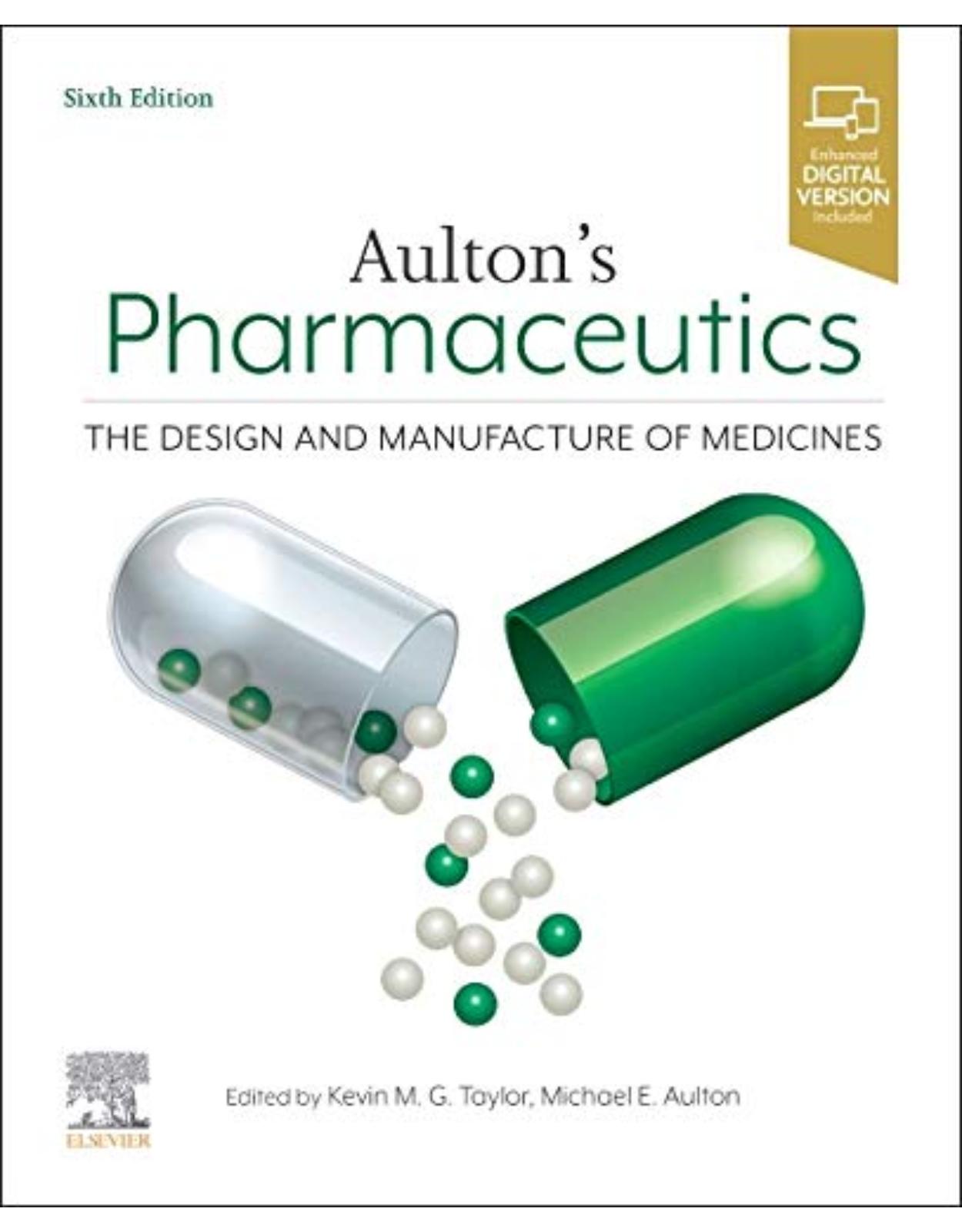
Aulton’s Pharmaceutics
Livrare gratis la comenzi peste 500 RON. Pentru celelalte comenzi livrarea este 20 RON.
Disponibilitate: La comanda in 3-4 saptamani
Editura: Elsevier
Limba: Engleza
Nr. pagini: 968
Coperta: Paperback
Dimensiuni: 19.05 x 23.5 cm
An aparitie: 05/05/2021
Description:
The essential pharmaceutics textbook
One of the world’s best-known texts on pharmaceutics, Aulton's Pharmaceutics offers a complete course in one book for students in all years of undergraduate pharmacy and pharmaceutical sciences degrees.
Thoroughly revised, updated and extended by experts in their fields and edited by Professors Kevin Taylor and Michael Aulton, this new edition includes the science of formulation, pharmaceutical manufacturing and drug delivery.
All aspects of pharmaceutics are covered in a clear and readily accessible way and extensively illustrated throughout, providing an essential companion to the entire pharmaceutics curriculum from day one until the end of the course.
Fully updated throughout, with the addition of new chapters, to reflect advances in formulation and drug delivery science, pharmaceutical manufacturing and medicines regulation
Designed and written for newcomers to the design and manufacture of dosage forms
Relevant pharmaceutical science covered throughout
Includes the science of formulation and drug delivery
Reflects current practices and future applications of formulation and drug delivery science to small drug molecules, biotechnology products and nanomedicines
Key points boxes throughout
Over 400 online multiple choice questions
Table of Contents:
What is ‘pharmaceutics’?
Chapter 1. Design of dosage forms
Principles of dosage form design
Biopharmaceutical aspects of dosage form design
Drug factors in dosage form design
Therapeutic considerations in dosage form design
Manufacture and quality assurance of medicines
Summary
Part 1. Scientific principles of dosage form design
Chapter 2. Dissolution and solubility
Introduction
Definition of terms
Process of dissolution
Dissolution rates of solids in liquids
Solubility
Summary
Chapter 3. Properties of solutions
Introduction
Types of solution
Ionization of solutes
Colligative properties
Diffusion in solution
Summary
Chapter 4. Surfaces and interfaces
Introduction
Surface tension
Solid wettability
Adsorption at interfaces
Solid–vapour adsorption isotherms
Interactions between powders and water vapour
Inverse phase gas chromatography (IGC)
Chapter 5. Disperse systems
Introduction
Colloids
Gels
Surface-active agents
Coarse disperse systems
Chapter 6. Rheology
Viscosity, rheology and the flow of fluids
Newtonian fluids
Non-Newtonian fluids
The applications of rheology in pharmaceutical formulation
Chapter 7. Kinetics
Introduction
Rate laws and order of reaction
Complex reactions
The Michaelis–Menten equation
Effect of temperature on reaction rate
Summary
Part 2. Particle science and powder technology
Chapter 8. Solid-state properties
Solid state
Crystallization
Polymorphism
Hydrates and solvates
Amorphous state
Crystal habit
Surface nature of particles
Chapter 9. Particle size analysis
Introduction
Particle size
Particle size analysis methods
Selection of a particle size analysis method
Chapter 10. Particle size reduction and size separation
Introduction to size reduction
Influence of material properties on size reduction
Influence of size reduction on size distribution
Size reduction methods
Selection of the particle size reduction method
Introduction to size separation
Size separation methods
Selection of a size separation process
Chapter 11. Mixing
Mixing principles
Mechanisms of mixing and demixing
Mixing of powders
Mixing of miscible liquids and suspensions
Mixing of semisolids
Chapter 12. Powder flow
Introduction
Particle properties
Process conditions: hopper design
Characterization of powder flow
Improvement of powder flowability
Summary
Part 3. Pharmaceutical microbiology and sterilization
Chapter 13. Fundamentals of microbiology
Introduction
Viruses
Reproduction of viruses
Latent infections
Oncogenic viruses
Bacteriophages
Archaea
Bacteria
Fungi
Chapter 14. Pharmaceutical applications of microbiological techniques
Introduction
Measurement of antimicrobial activity
Microbiological quality of pharmaceutical materials
Chapter 15. Action of physical and chemical agents on microorganisms
Introduction
Kinetics of cell inactivation
Antimicrobial effects of moist and dry heat
Ionizing radiation
Ultraviolet radiation
Gases
Antimicrobial effects of chemical agents
Chapter 16. Principles of sterilization
Introduction
Need for sterility
Sterilization parameters
Principles of sterilization processes
New technologies
Summary
Chapter 17. Sterilization in practice
Sterile products
Determination of sterilization protocols
Recommended pharmacopoeial sterilization processes
High-level disinfection
Statistical considerations of sterility testing and sterility assurance level
Test for sterility of the product
Validation of a sterilization process
Limitations of sterilization methods
Summary
Part 4. Biopharmaceutical principles of drug delivery
Chapter 18. Introduction to biopharmaceutics
What is biopharmaceutics?
Concept of bioavailability
Concept of biopharmaceutics
Summary
Chapter 19. Gastrointestinal tract – physiology and drug absorption
Introduction
Physiological factors influencing oral drug absorption
Physiology of the gastrointestinal tract
Transit of pharmaceuticals in the gastrointestinal tract
Barriers to drug absorption
Summary
Chapter 20. Bioavailability – physicochemical, dosage form and formulation factors
Introduction
Physicochemical factors influencing bioavailability
Physiological factors affecting the dissolution rate of drugs
Drug factors affecting dissolution rate
Factors affecting the concentration of drug in solution in gastrointestinal fluids
Improving the bioavailability of drugs due to poor aqueous solubility
Formulation approaches to improving drug bioavailability
Improving the bioavailability of drugs with poor permeability
Dosage form factors influencing bioavailability
Influence of formulation excipients on drug dissolution and absorption
Summary
Chapter 21. Assessment of biopharmaceutical properties
Introduction
Measurement of key biopharmaceutical properties
Assessment of bioavailability
Bioequivalence
Assessment at site of release in vivo
Biopharmaceutics Classification System
Summary
Chapter 22. Dosage regimens
Dosage regimens: influence on the plasma concentration–time profile of a drug in the body
One-compartment open model of drug disposition in the body
Important factors influencing steady-state plasma concentrations of a drug
Summary
Part 5. Dosage form design and manufacture
Chapter 23. Pharmaceutical preformulation
The concept of preformulation
Assay development
Solubility
Molecular dissociation
Partitioning
Dissolution rate
Hygroscopicity
Physical form
Powder properties
Compaction properties
Summary
Chapter 24. Solutions
Introduction
Pharmaceutical solutions
Solution stability
Enhancement of drug solubility
Chapter 25. Clarification
Introduction
Filtration
Filtration equipment
Centrifugation
Chapter 26. Suspensions
Introduction
Definition of a suspension
Solid particle–liquid vehicle interactions
Particle movement in suspensions
Dispersibility issues – surface wetting
Dissolution issues
Ostwald ripening
General suspension formulation considerations
Stability considerations for suspensions
Manufacturing considerations
Summary
Chapter 27. Emulsions and creams
Introduction
Emulsions in pharmacy
Formulation of pharmaceutical emulsions
Emulsifying agents (emulsifiers)
Creams
Manufacture and processing of emulsions and creams
Emulsion properties
Emulsion stability
Stability testing
Chapter 28. Ointments, pastes, gels, cutaneous patches and topical sprays
Introduction
Topical semisolid preparations
Ointments
Pastes
Gels
Emulgels
Cutaneous patches/medicated plasters
Topical sprays
Small-scale manufacturing (compounding) of ointments and pastes
Large-scale manufacturing of topical semisolid preparations
Regulatory requirements and testing for topical semisolid preparations
Summary
Chapter 29. Powders, granules and granulation
Introduction to powders and granules
Powdered and granulated products as dosage forms
Granules used as an intermediate in tablet manufacture
Pharmaceutical technology of granule production
Granulation mechanisms
Pharmaceutical granulation equipment and processes
Chapter 30. Drying
Introduction
Drying of wet solids
Types of drying method
Convective drying of wet solids
Conductive drying of wet solids
Radiation drying of wet solids
Drying of solutions and suspensions
Freeze-drying (lyophilization)
Solute migration during drying
Chapter 31. Tablets and compaction
Introduction
Quality attributes of tablets
Tablet manufacturing
Tablet excipients
Tablet types
Tablet testing
Fundamental aspects of the compression of powders
Fundamental aspects of the compaction of powders
Relationships between material properties and tablet strength
Chapter 32. Modified-release oral drug delivery
Modified-release oral drug delivery
Designing a modified-release formulation: factors to consider
Conclusions
Chapter 33. Coating of tablets and multiparticulates
Introduction
Film coating
Sugar coating
Compression coating
Coating of tablets
Coating of multiparticulates
Chapter 34. Continuous manufacturing of tablets
Introduction
Batch versus continuous manufacturing
Advantages of continuous manufacturing
Drawbacks of continuous manufacturing
Continuous manufacturing processes
Process Analytical Technology (PAT)
Summary
Chapter 35. Hard capsules
Introduction
Raw materials
Manufacture
Formulation
Chapter 36. Soft capsules
Introduction
Soft capsule manufacturing
Shell polymer systems
Fill formulation
Quality considerations
Summary
Chapter 37. Dissolution testing of solid dosage forms
The relevance of drug dissolution and dissolution testing
Dissolution testing
Dissolution testing for quality control
Predictive dissolution testing
Conclusions
Chapter 38. Parenteral drug delivery
Introduction
Routes of parenteral administration
Pharmacopoeial requirements
Absorption from injection sites
Excipients
Containers
Chapter 39. Pulmonary drug delivery
Inhaled drug delivery
Formulating and delivering therapeutic inhalation aerosols
Methods of aerosol size analysis
Chapter 40. Nasal drug delivery
Introduction
Anatomy and physiology
Drug delivery
Nasal delivery systems
Summary
Chapter 41. Ocular drug delivery
Introduction
Anatomy and physiology of the eye
Some common ocular conditions and pharmacological interventions
Topical ophthalmic preparations
Formulating ophthalmic preparations
Topical, liquid ophthalmic preparations
Barriers to topical ocular drug absorption
Increasing drug solubility and absorption in topical ophthalmic preparations
Sterility of ophthalmic preparations
Ocular drug pharmacokinetics
Targeting the posterior segment of the eye
Problems with traditional and new ocular drug delivery systems
Patient adherence and instillation of eye drops
Chapter 42. Otic drug delivery
Introduction
Anatomy and physiology of the ear
Barriers to otic drug delivery
Major ear diseases and therapies
Administration routes for otic drug delivery
Formulations for otic drug delivery systems
Progress and challenges in otic drug delivery
Summary
Chapter 43. Topical and transdermal drug delivery
Introduction
Skin structure and function
Transport through the skin
Experimental methods for studying transdermal drug delivery
Transdermal and topical preparations
Enhancement of transdermal and topical drug delivery
Nail delivery
Chapter 44. Rectal and vaginal drug delivery
Introduction
Rectal drug delivery
Rectal dosage forms
Vaginal drug delivery
Vaginal dosage forms
Manufacture of rectal and vaginal dosage forms
Quality control of rectal and vaginal dosage forms
Chapter 45. Preparation and delivery of biopharmaceuticals
Biopharmaceuticals
Protein and peptide drugs
Vaccines
Nucleic acid drugs
Cell-based therapies
Summary
Chapter 46. Pharmaceutical nanotechnology and nanomedicines
Introduction
Applications of pharmaceutical nanotechnology
Polymer–drug conjugates
Antibodies and antibody–drug conjugates
Dendrimers
Micelle systems
Solid nanoparticles
Liposomes, bilayer vesicles and lipid nanoparticles
Microcapsules and microspheres
Ongoing developments
Chapter 47. Radiopharmaceuticals
Introduction
Design of radiopharmaceuticals
Delivery and localization of radiopharmaceuticals
Formulation of radiopharmaceuticals
Radionuclide production: cyclotrons, reactors and radionuclide generators
Functions of a radiopharmacy facility
Summary
Chapter 48. The formulation and manufacture of plant medicines
Introduction
Plant-based products in medicinal use
Quality control of crude plant drugs
Production methods used to obtain plant-derived active constituents
Formulation and manufacture of plant-based medicines
Summary
Chapter 49. Design and administration of medicines for paediatric and geriatric patients
Human development, ageing and drug administration
Formulation design for paediatric and geriatric patients
Adaptation of existing dosage forms
Future developments in the formulation of paediatric and geriatric medicines
Summary
Part 6. Packaging, stability and pharmaceutical regulation
Chapter 50. Packaging
Introduction
The pharmaceutical pack
Packaging materials
Packaging and regulatory bodies
Repackaging
Designing packaging for safe medicine use
Chapter 51. Chemical stability in dosage forms
Introduction
Chemical degradation reactions
Stability of proteins and peptides
Stability of antibody–drug conjugates
Chapter 52. Microbial contamination, spoilage and preservation of medicines
The need to protect medicines against microbial spoilage
Products and materials vulnerable to spoilage
Sources and control of microbial contamination
Selection and use of antimicrobial preservatives
Preservative interactions with formulation components and containers
Chapter 53. Product stability and stability testing
Introduction
Mechanisms of degradation
Stability testing of pharmaceutical products
Summary
Chapter 54. Pharmaceutical quality: the application of pharmaceutics in medicines regulation
Quality, safety and efficacy
Pharmaceutical quality
Medicines regulation
Common Technical Document (CTD)
Drug substance
Drug product
Regulatory applications for generic medicinal products (abridged applications)
Good Manufacturing Practice (GMP)
Unlicensed medicines and off-label use of licensed medicines
Summary
Self Assessment Answers
Index
| An aparitie | 05/05/2021 |
| Autor | Kevin M. G. Taylor, Michael E. Aulton |
| Dimensiuni | 19.05 x 23.5 cm |
| Editura | Elsevier |
| Format | Paperback |
| ISBN | 9780702081545 |
| Limba | Engleza |
| Nr pag | 968 |

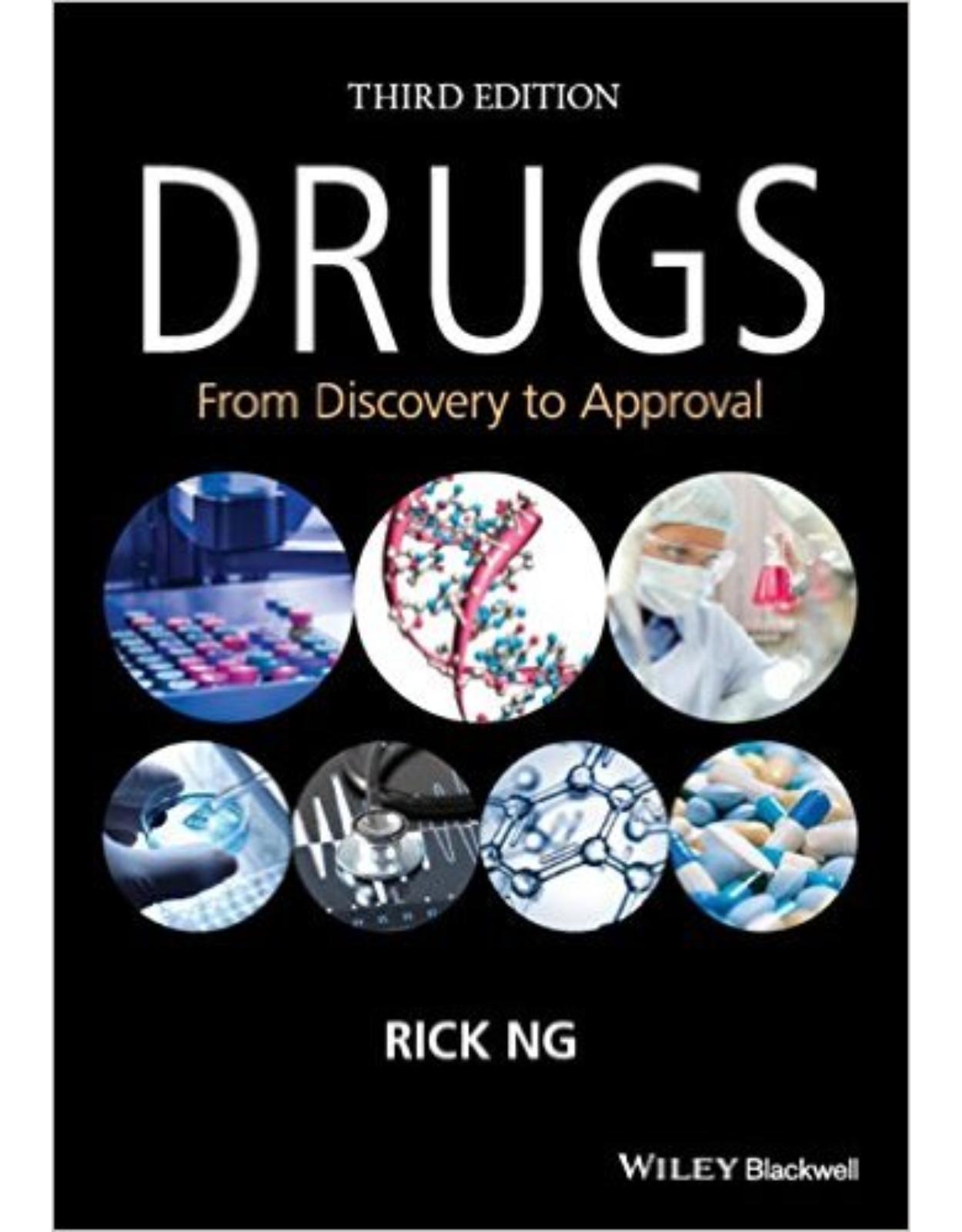
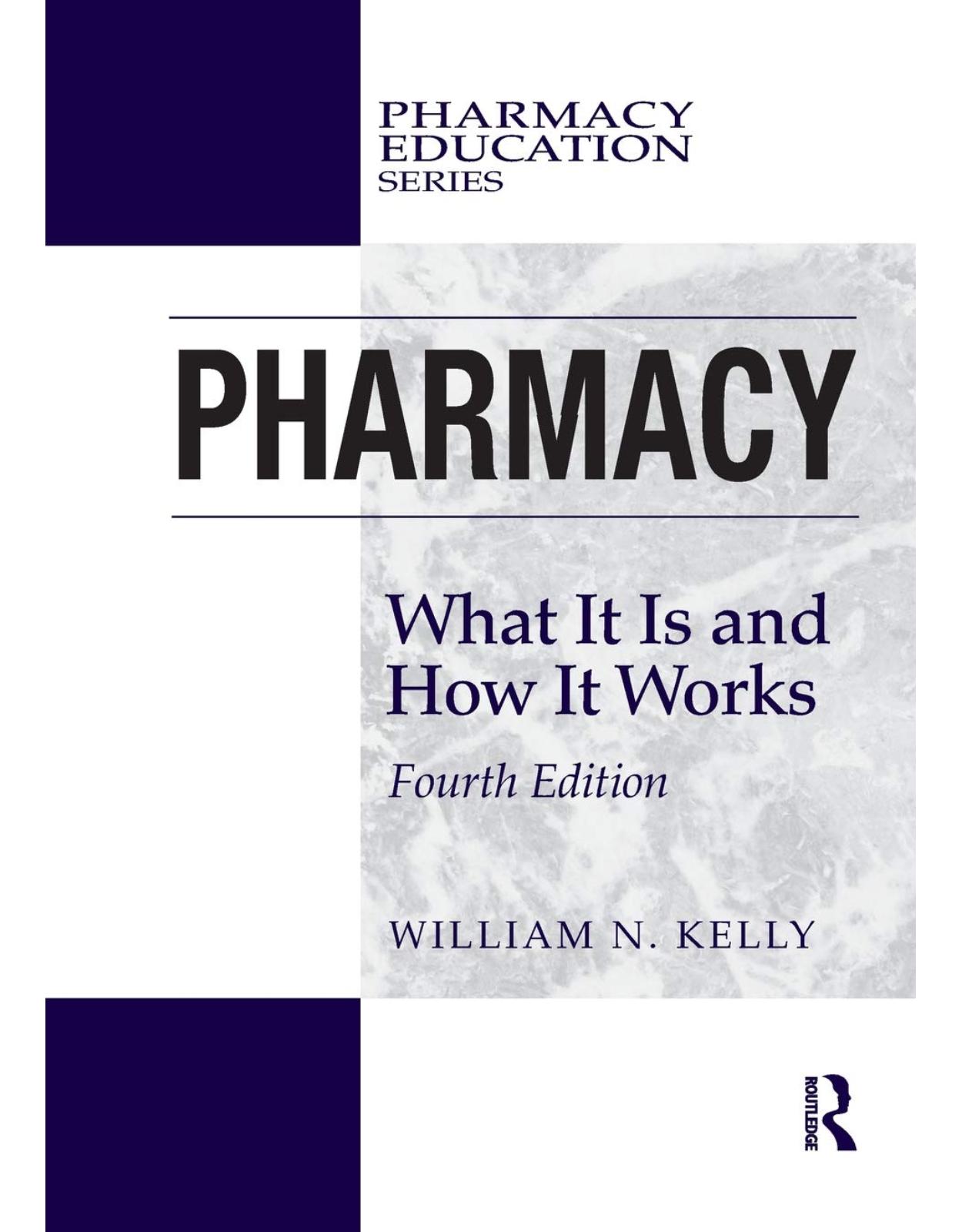
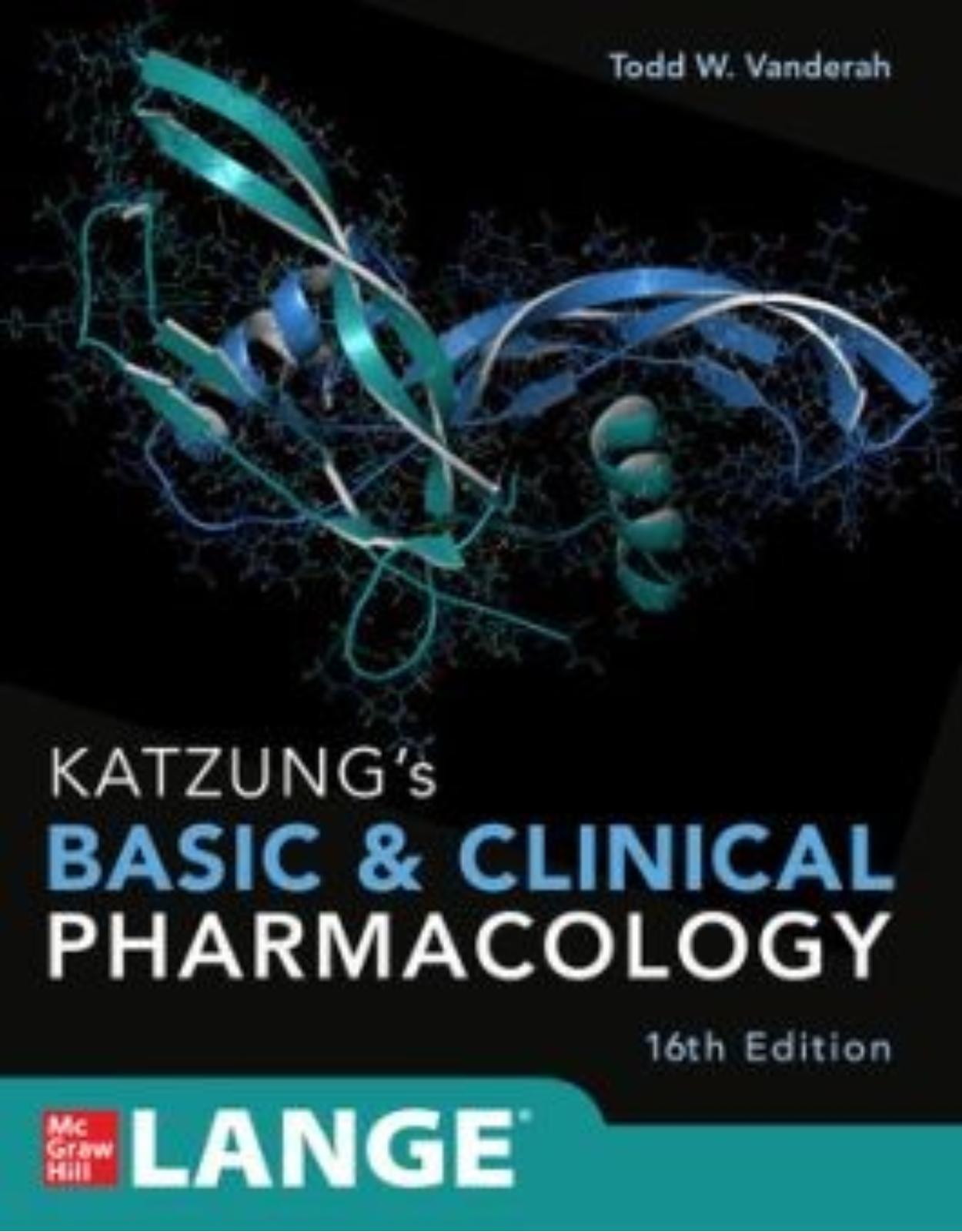
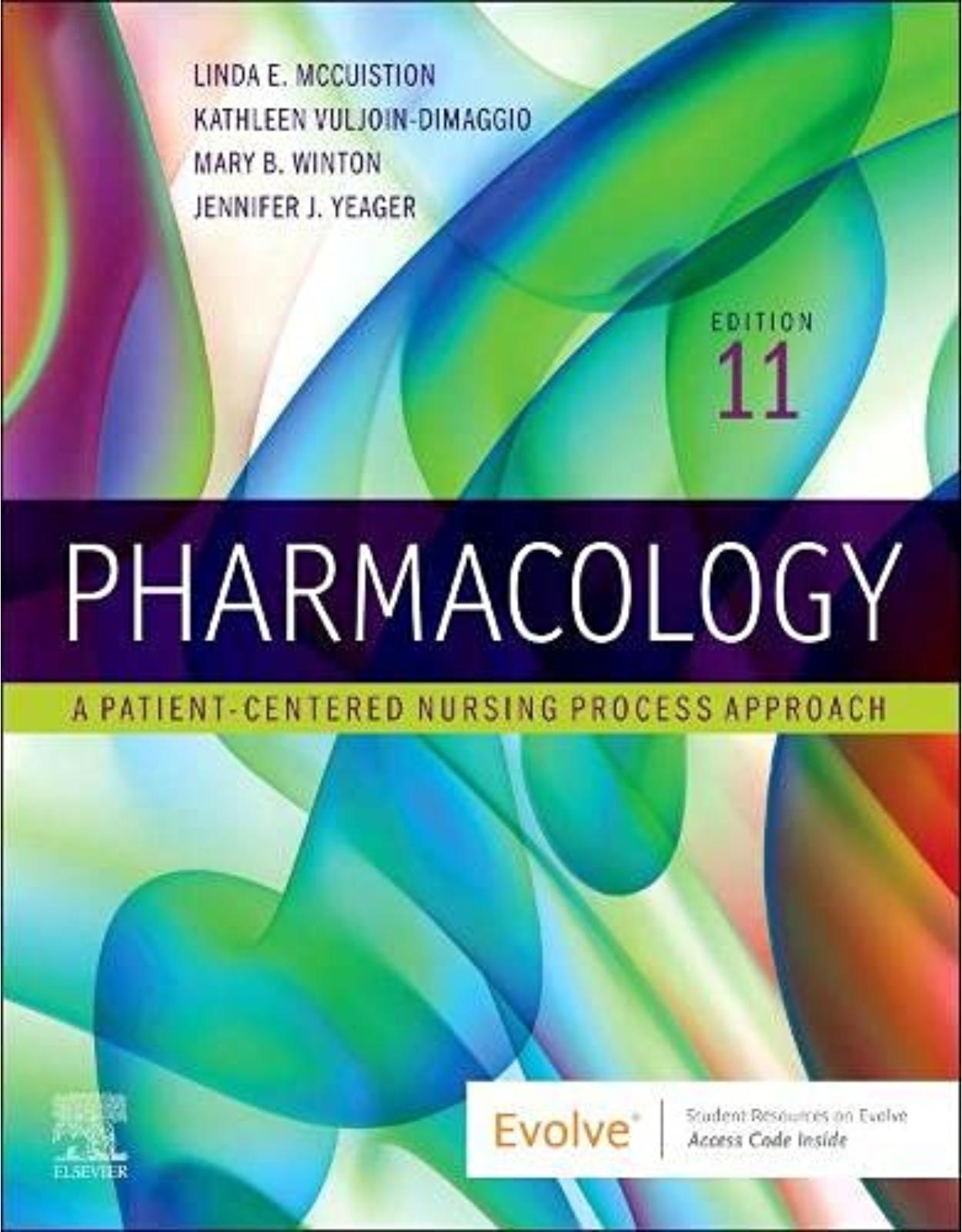
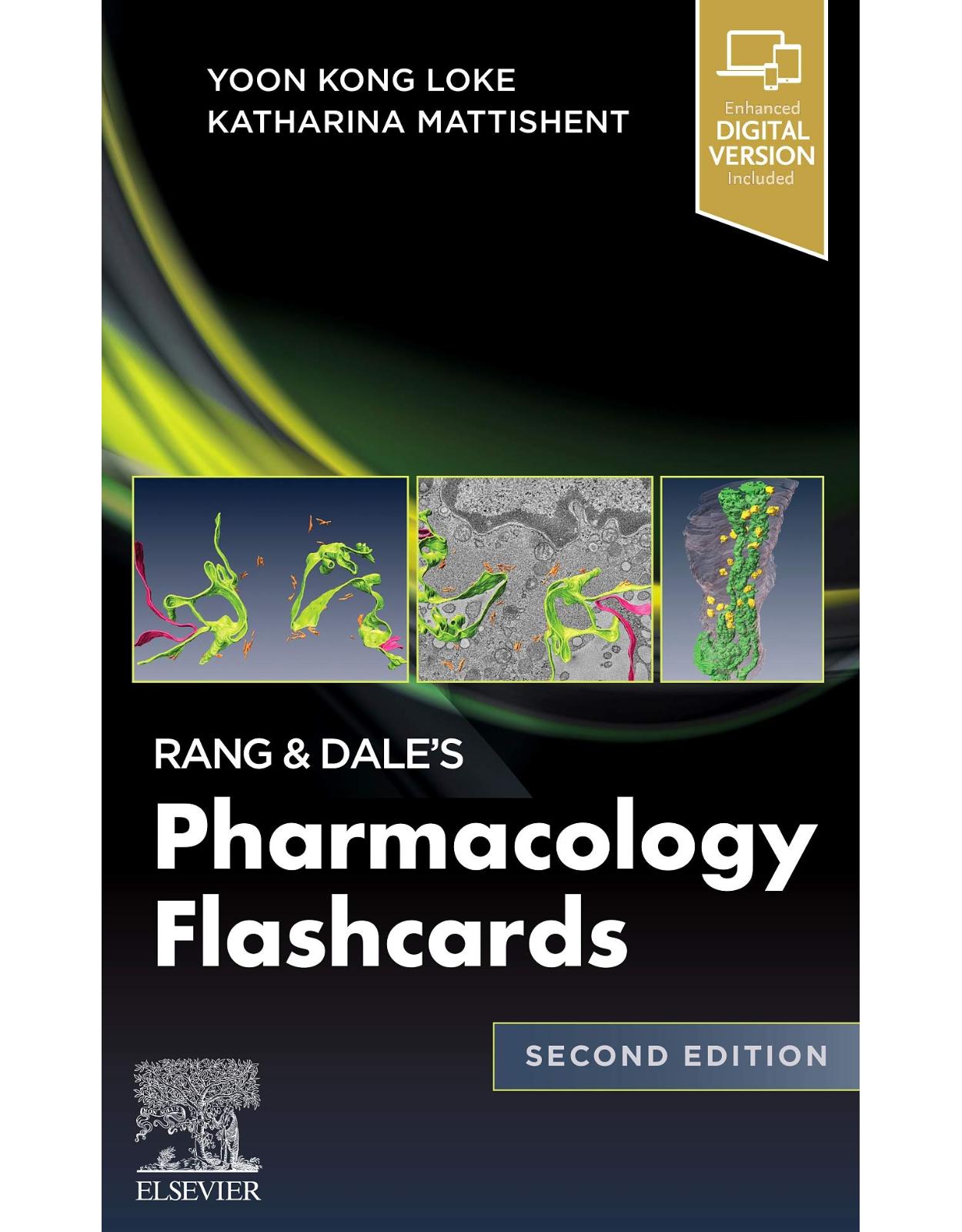
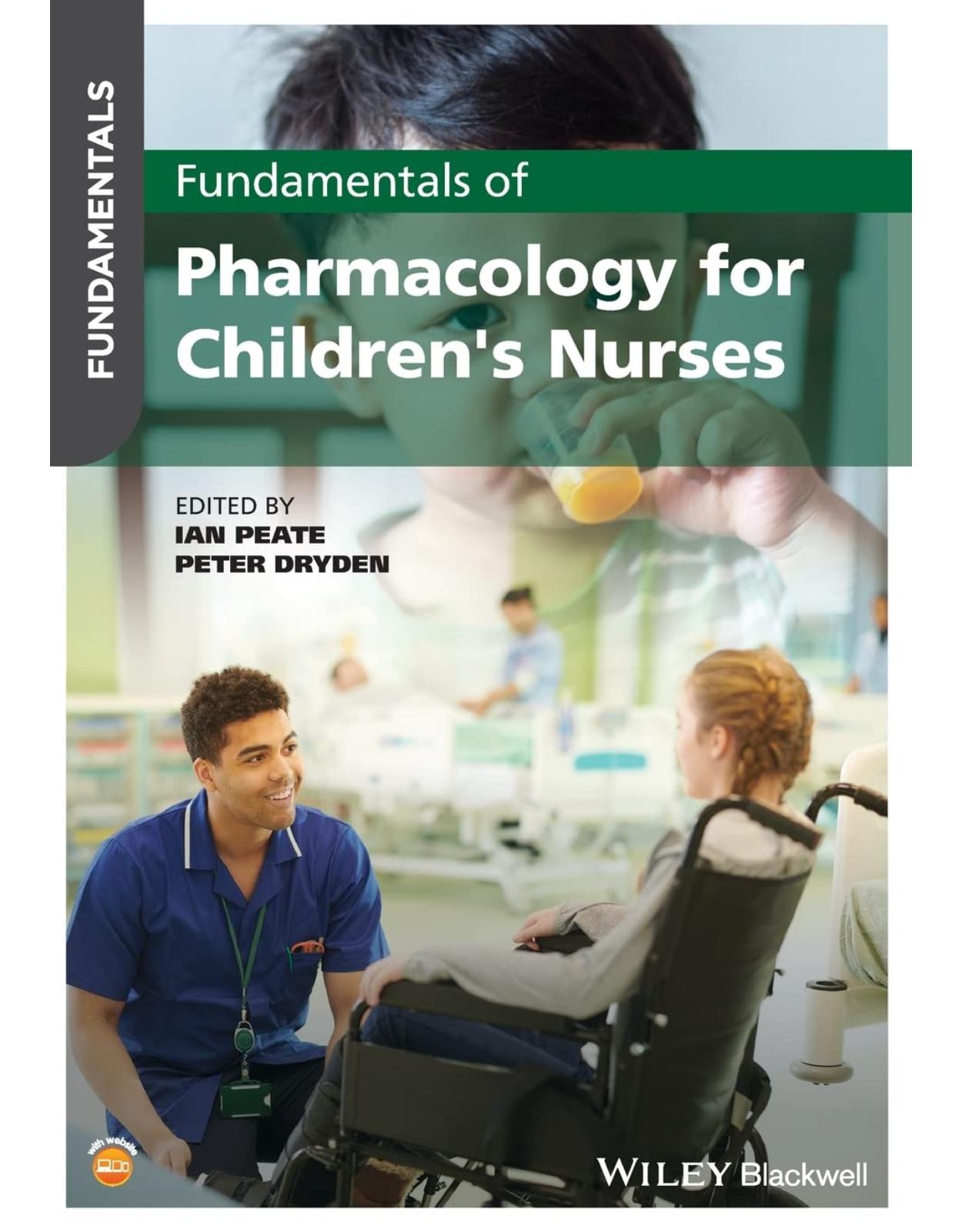
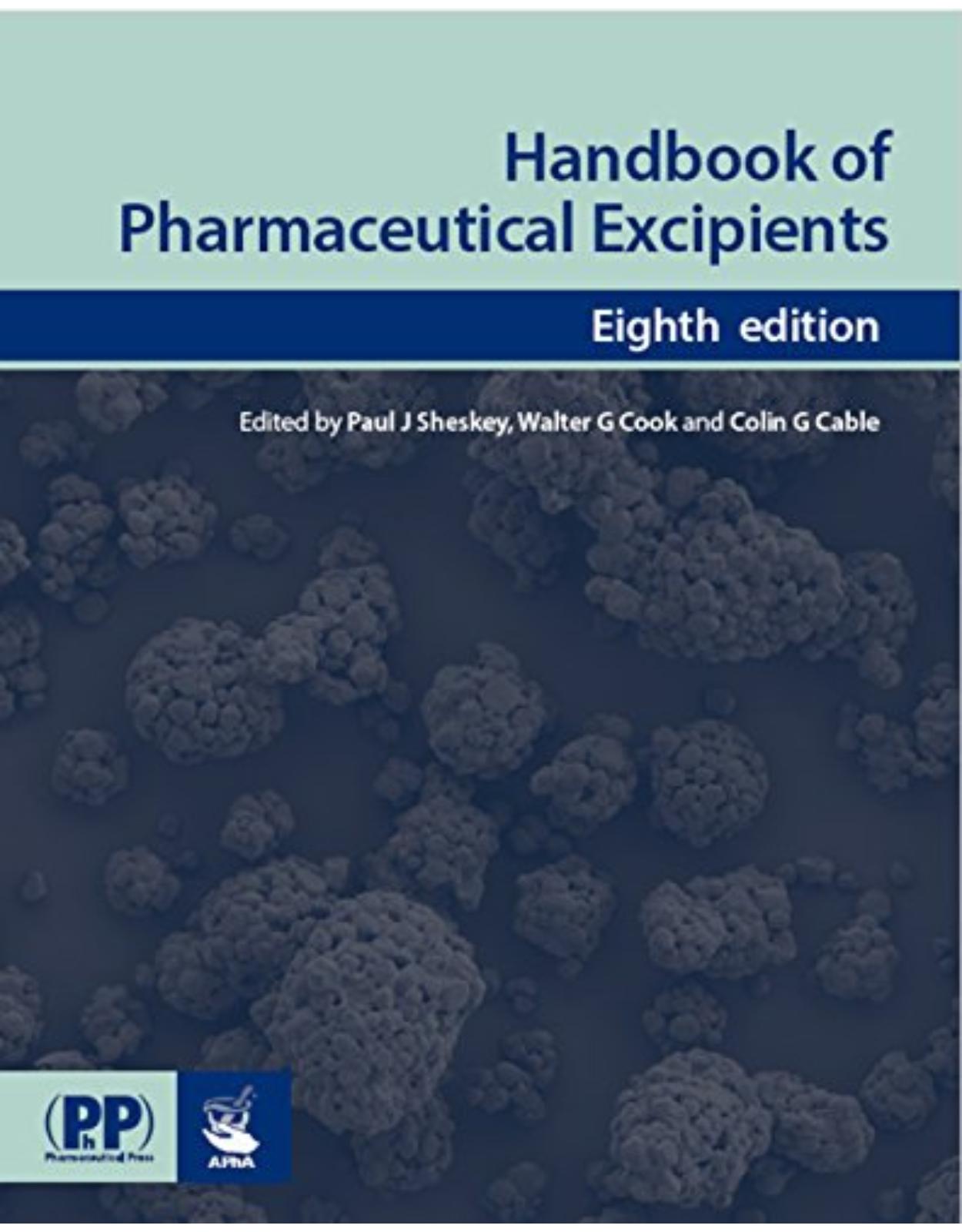
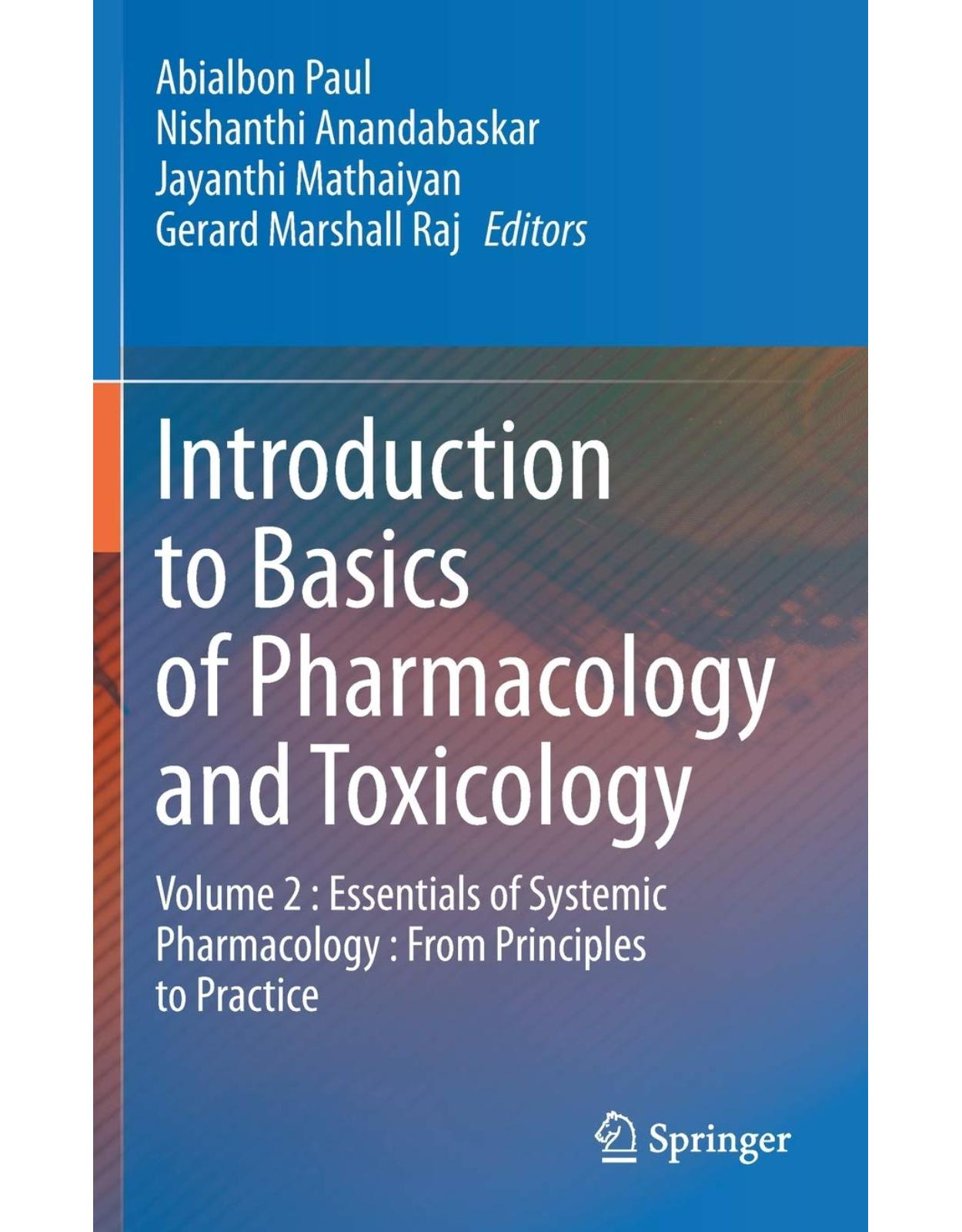
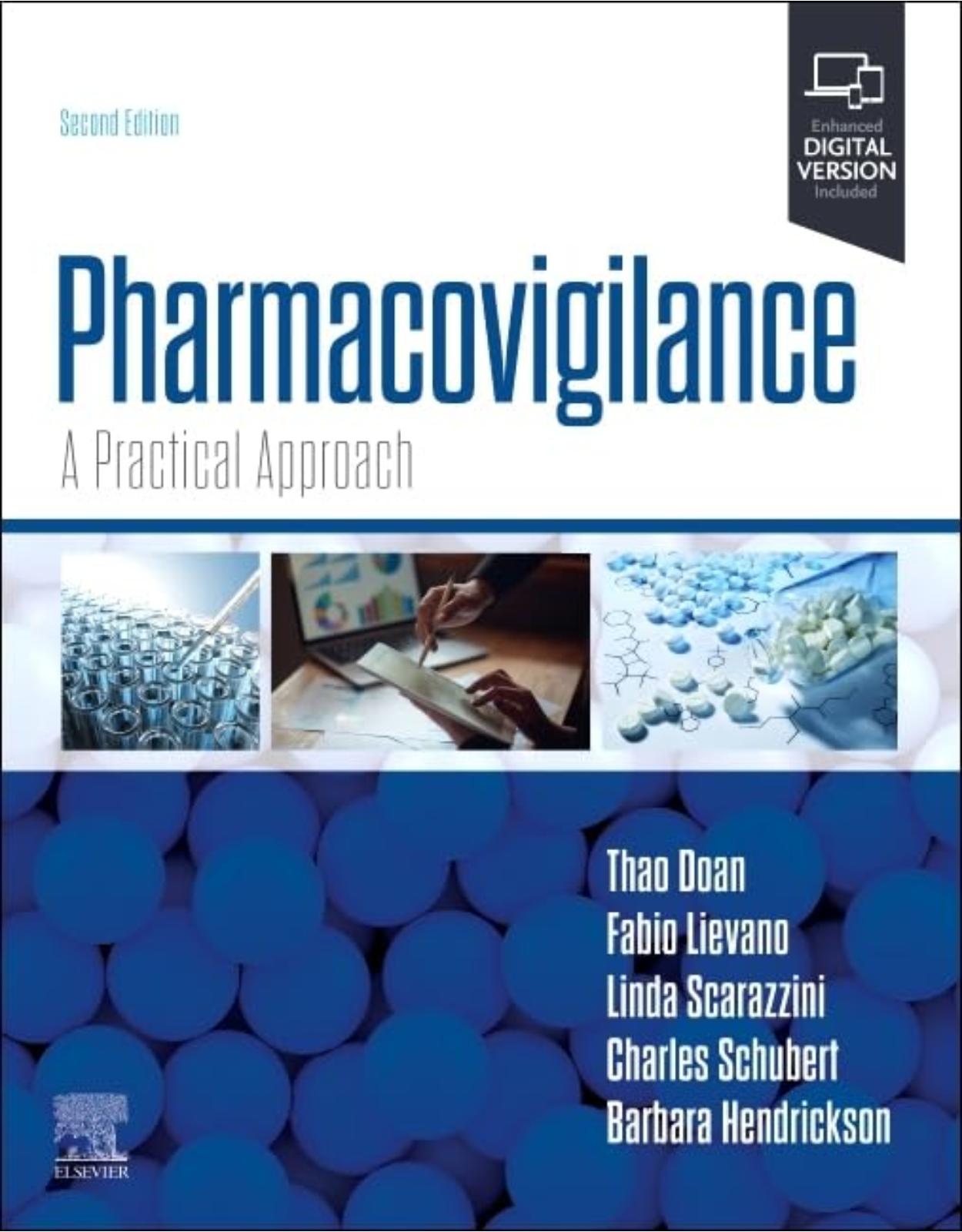
Clientii ebookshop.ro nu au adaugat inca opinii pentru acest produs. Fii primul care adauga o parere, folosind formularul de mai jos.